Is your fence looking a little worse for wear? Don’t let it fall apart! Understanding essential fence maintenance tips is crucial for preserving your property’s charm and security. A well-maintained fence not only enhances curb appeal but also protects your home from intruders and the elements. In this article, we’ll dive into practical, easy-to-follow strategies that will keep your fence standing strong for years to come. Say goodbye to costly repairs and hello to a sturdy, beautiful boundary that reflects your care and attention!
Opening Hook: The Importance of Fence Maintenance
Why Regular Fence Maintenance is Crucial
Regular fence maintenance is essential to ensure the longevity and functionality of your fence. Over time, exposure to the elements can lead to wear and tear, which can compromise the structural integrity of your fence. By performing routine inspections and maintenance, you can identify issues early, preventing costly repairs down the line. Additionally, a well-maintained fence enhances the aesthetic appeal of your property, contributing to its overall value.
Benefits of a Well-Maintained Fence
Investing time in fence care yields numerous benefits. A well-maintained fence not only provides security and privacy but also enhances your home's curb appeal. It can prevent issues such as wood rot, rust, and pest infestations, which can lead to significant damage if left unaddressed. Furthermore, maintaining your fence can save you time and money in the long run by avoiding expensive repairs or replacements.
What You'll Learn
- Key maintenance strategies for different fence types
- Common issues and how to prevent them
- Tools and materials needed for fence maintenance
Essential Fence Maintenance Tips
Inspecting Your Fence Regularly
Regular inspections are vital to maintaining the integrity of your fence. Look for signs of damage such as loose boards, rust on metal fences, or signs of wood rot. Inspect your fence at least twice a year, ideally in spring and fall, to catch any issues early. Pay special attention to areas where the fence meets the ground, as moisture can lead to rot and decay.
Cleaning Your Fence: Best Practices
Cleaning your fence is an essential part of fence maintenance. Use a soft brush and a mild detergent to remove dirt, mold, and mildew. For tougher stains, a power washer can be effective, but be cautious not to use excessive pressure, which can damage the material. Regular cleaning not only keeps your fence looking great but also helps prevent long-term damage.
Sealing and Staining Your Fence
Applying a protective sealant or stain is crucial for prolonging the life of your fence. For wooden fences, a fresh coat of stain or sealant every few years can protect against UV rays and moisture, preventing wood rot and extending its lifespan. Choose a product specifically designed for your fence type to ensure the best results.
Repairing Damaged Sections
Promptly addressing any damage is key to maintaining your fence. If you notice loose nails, screws, or boards, repair them immediately to prevent further deterioration. For wooden fences, replace any cracked or rotting boards to maintain structural integrity. For metal fences, touch up any rust spots with paint to prevent further corrosion.
Protecting Against Pests and Weather Damage
Weather conditions and pests can significantly impact the lifespan of your fence. Ensure proper drainage around your fence to prevent moisture buildup, which can lead to rot. Additionally, keep bushes and vines trimmed back to minimize contact with the fence, as overgrown plants can trap moisture and lead to damage.
How to Maintain Different Types of Fences
Wooden Fence Maintenance
Wooden fences require specific care to prevent rot and decay. Regularly inspect for signs of wear, and clean the surface to remove dirt and mold. Staining or sealing your wooden fence every few years will protect it from the elements and enhance its natural beauty.
Vinyl Fence Maintenance
Vinyl fences are relatively low-maintenance but still require attention. Clean your vinyl fence regularly with a soft brush and mild detergent to remove dirt and stains. Avoid using abrasive cleaners that can scratch the surface. Inspect for cracks or damage, and replace any damaged sections promptly.
Metal Fence Maintenance
Metal fences, such as chain link or wrought iron, need regular inspections for rust and structural integrity. Clean the surface with a mild detergent and inspect for any signs of rust. Touch up any rust spots with paint to prevent further corrosion. Ensure that the fence is securely anchored to the ground to withstand harsh weather conditions.
People Also Ask
What is the best way to maintain a wooden fence?
The best way to maintain a wooden fence is to regularly inspect it for damage, clean it with a mild detergent, and apply a protective stain or sealant every few years.
How do I maintain my fence?
To maintain your fence, perform regular inspections, clean it, repair any damage, and apply protective coatings as needed.
How often should you seal your fence?
It is recommended to seal your fence every 2-3 years, depending on the material and exposure to the elements.
Is it better to stain or seal a fence?
Staining a fence enhances its natural beauty and provides protection, while sealing offers a clear barrier against moisture. Both are beneficial, and the choice depends on your aesthetic preference and the type of wood.
Tables: Maintenance Schedule for Different Fence Types
| Fence Type | Maintenance Frequency |
|---|---|
| Wooden Fence | Inspect: Twice a year, Clean: Annually, Seal/Stain: Every 2-3 years |
| Vinyl Fence | Inspect: Annually, Clean: Twice a year |
| Metal Fence | Inspect: Twice a year, Clean: Annually, Touch up paint: As needed |
Quotes from Experts
"A well-maintained fence can last for decades."
Lists: Tools Needed for Fence Maintenance
- Soft brush
- Mild detergent
- Power washer
- Protective sealant or stain
- Paint for metal fences
- Basic repair tools (hammer, nails, screws)
Key Takeaways
- Regular inspections are vital.
- Cleaning and sealing prolongs fence life.
- Different materials require different care.
Conclusion: Keep Your Fence Strong and Beautiful
In conclusion, maintaining your fence is essential for its longevity and your property's aesthetic appeal. By following these fence maintenance tips, you can ensure that your fence remains a strong and beautiful boundary for years to come. Regular inspections, cleaning, and timely repairs will save you time and money in the long run.
Call to Action: Start Your Fence Maintenance Today!
Don't wait for problems to arise! Start implementing these fence maintenance tips today to keep your fence in top condition. Your home deserves the best care, and a well-maintained fence is a crucial part of that. If you're considering a new fence or need professional help, check out our article on Fence Installation: What You Need to Know Before Hiring an Fencing Contractor for valuable insights.
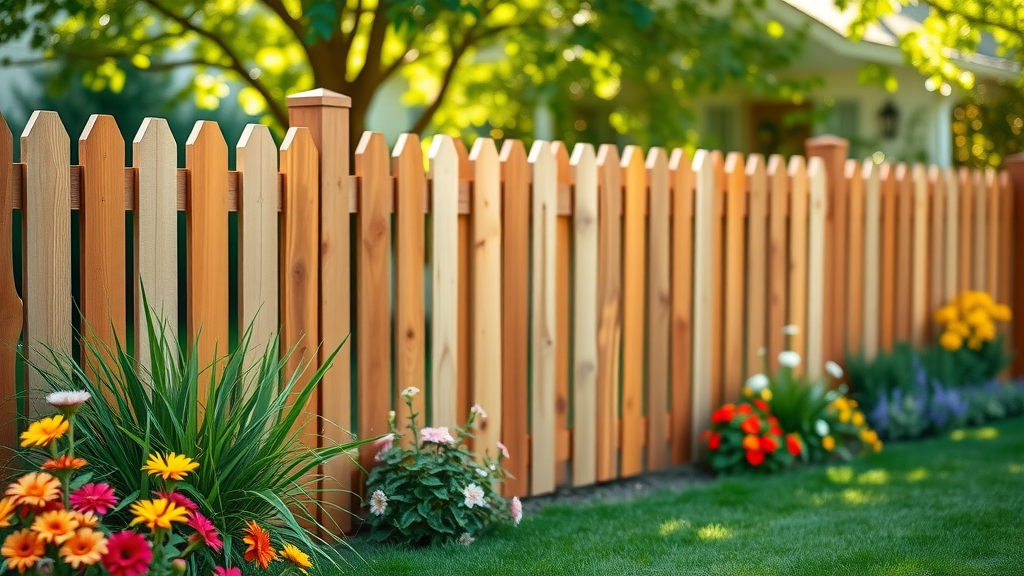
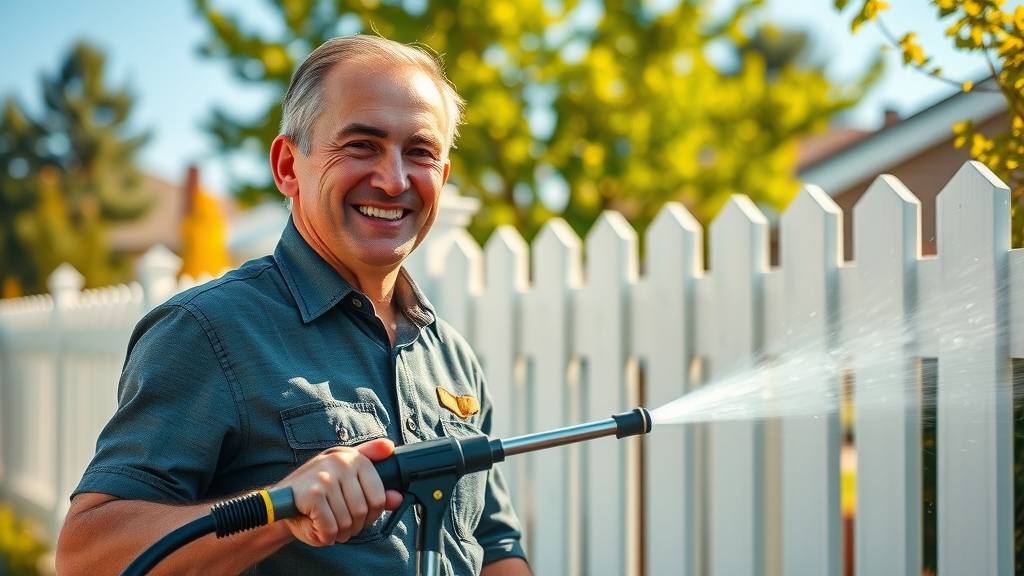
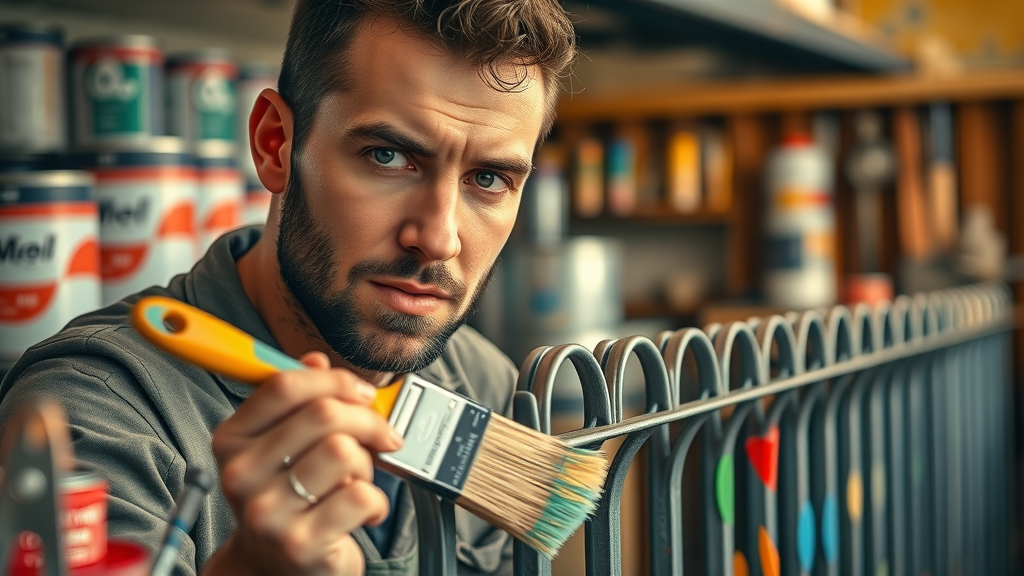

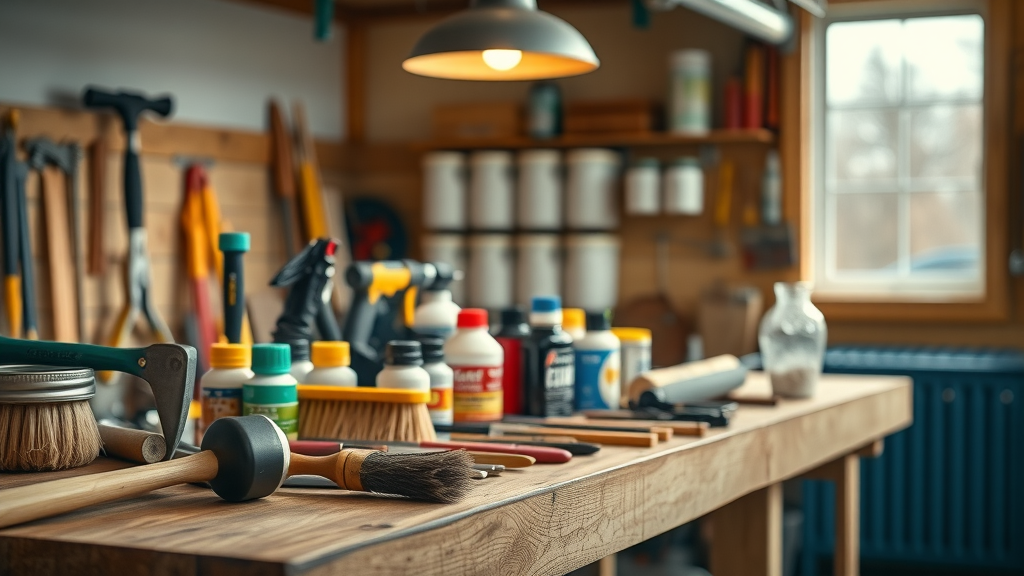


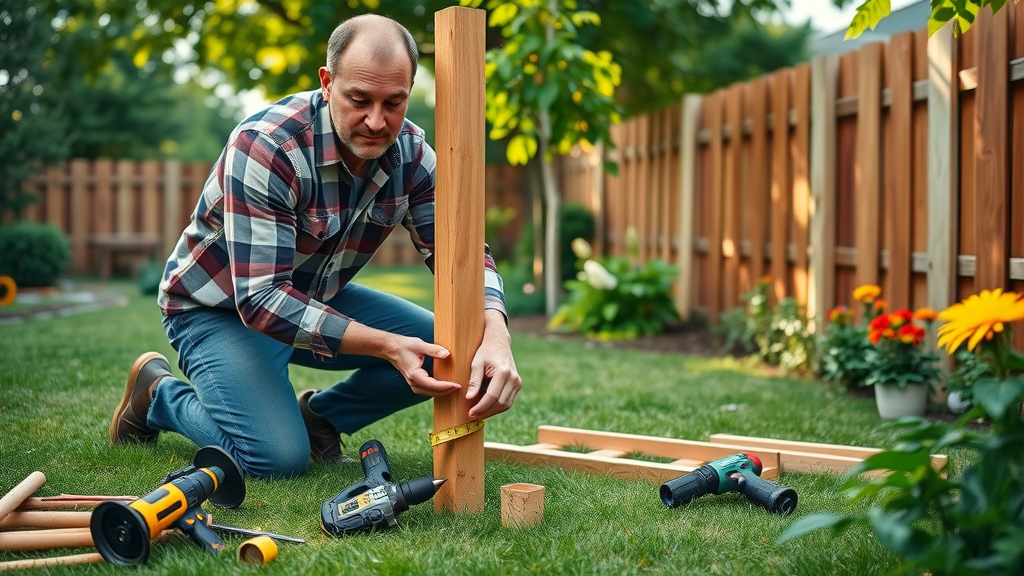
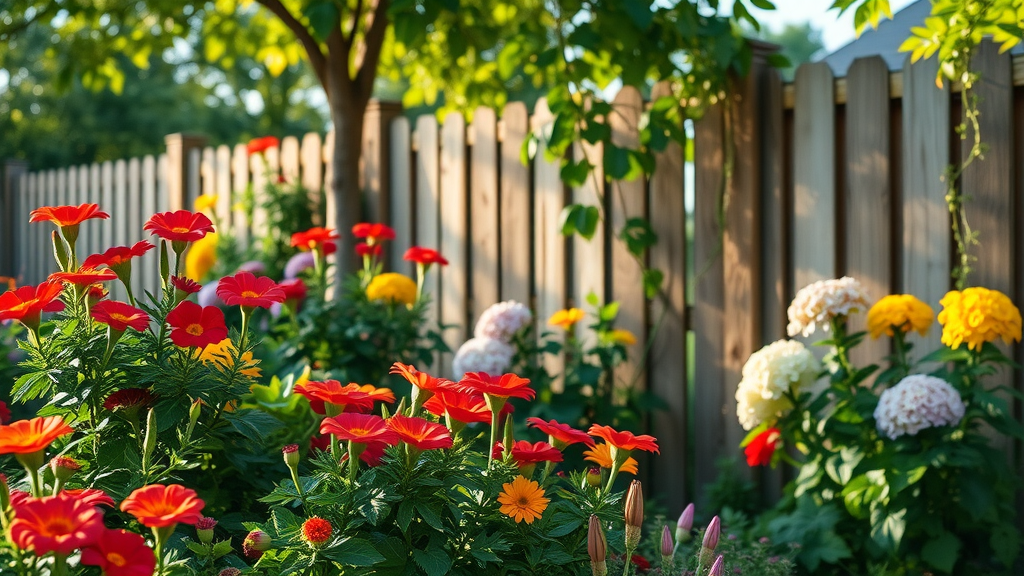

Write A Comment